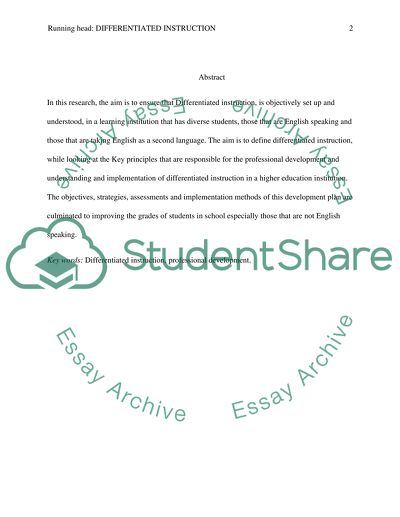Cite this document
(“Differentiated Instruction Research Paper Example | Topics and Well Written Essays - 2250 words”, n.d.)
Retrieved from https://studentshare.org/education/1472410-differentiated-instruction-research-paper
Retrieved from https://studentshare.org/education/1472410-differentiated-instruction-research-paper
(Differentiated Instruction Research Paper Example | Topics and Well Written Essays - 2250 Words)
https://studentshare.org/education/1472410-differentiated-instruction-research-paper.
https://studentshare.org/education/1472410-differentiated-instruction-research-paper.
“Differentiated Instruction Research Paper Example | Topics and Well Written Essays - 2250 Words”, n.d. https://studentshare.org/education/1472410-differentiated-instruction-research-paper.


